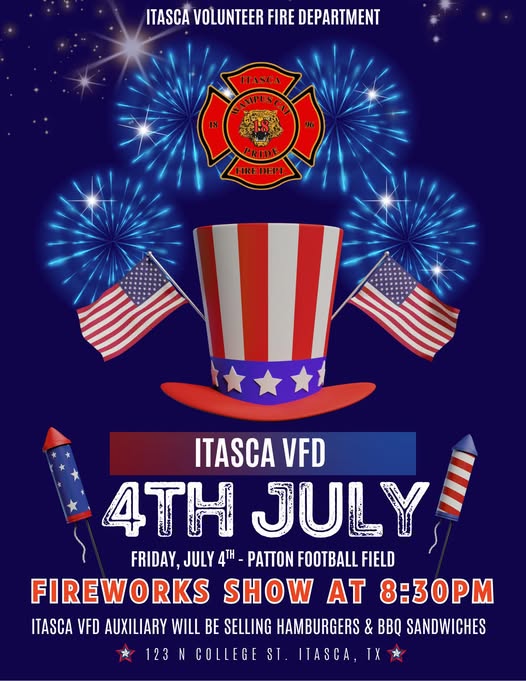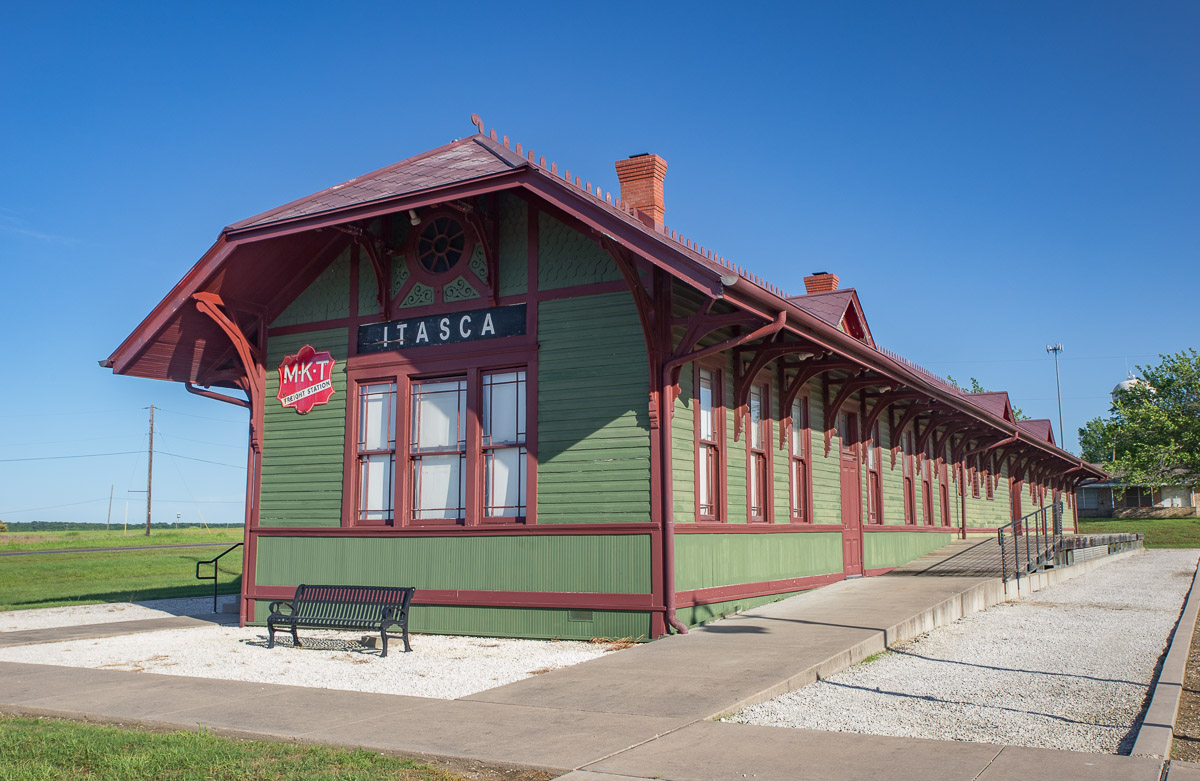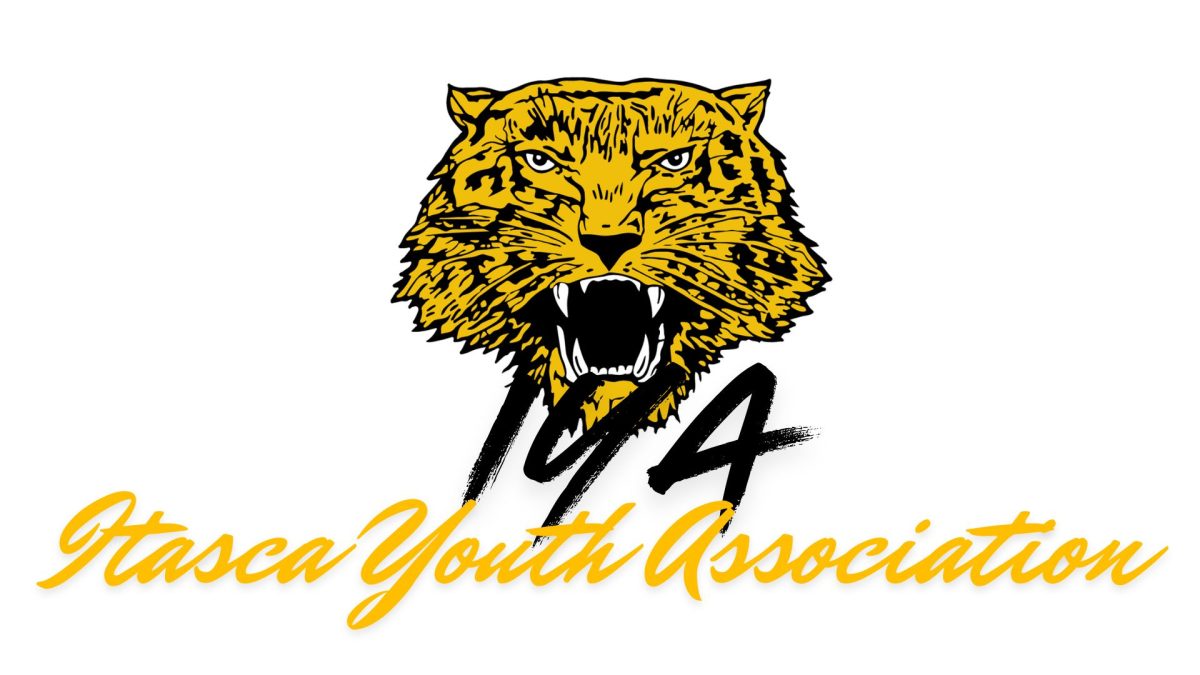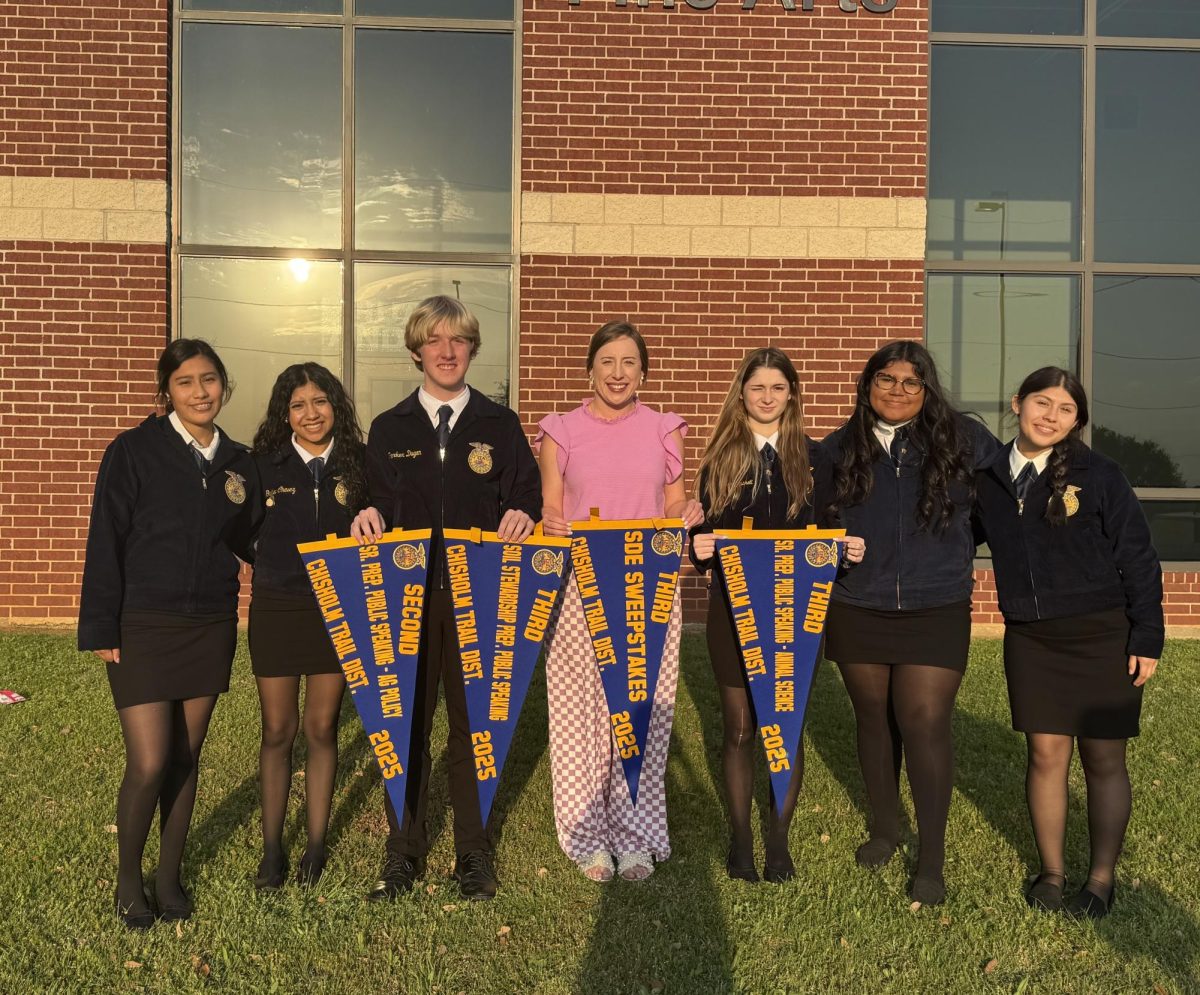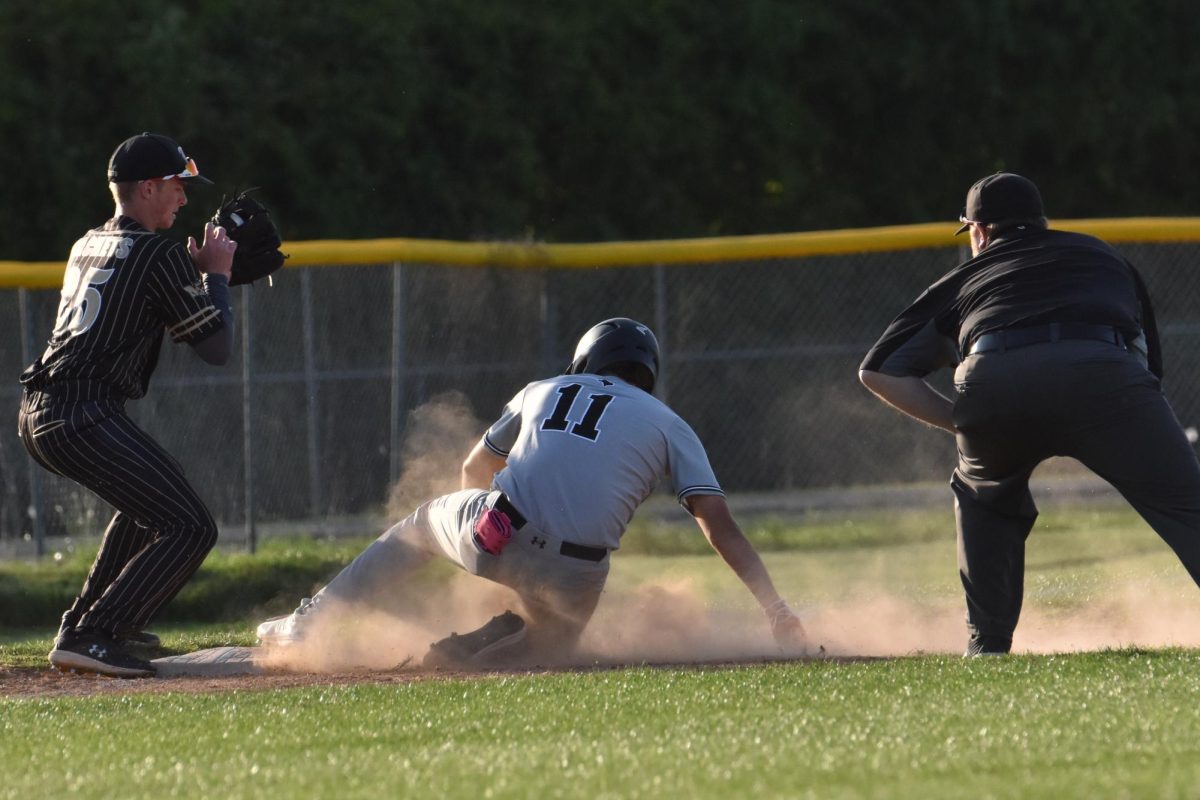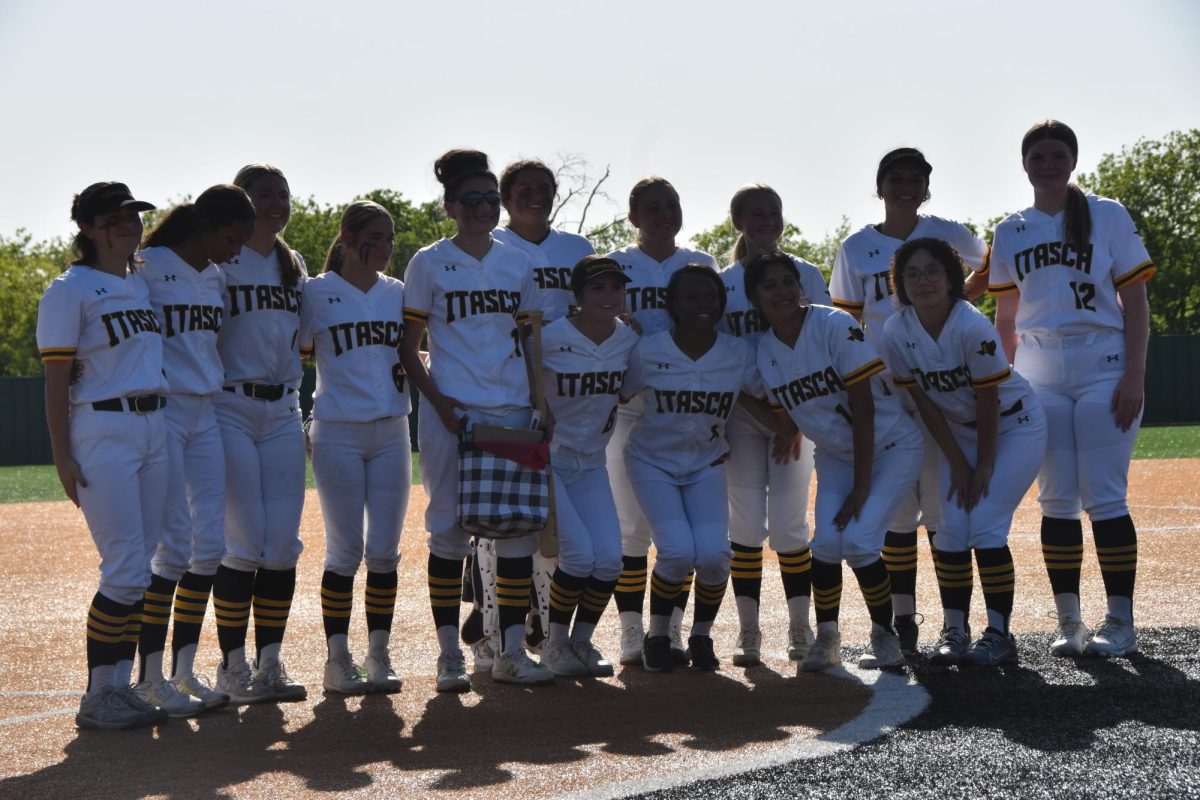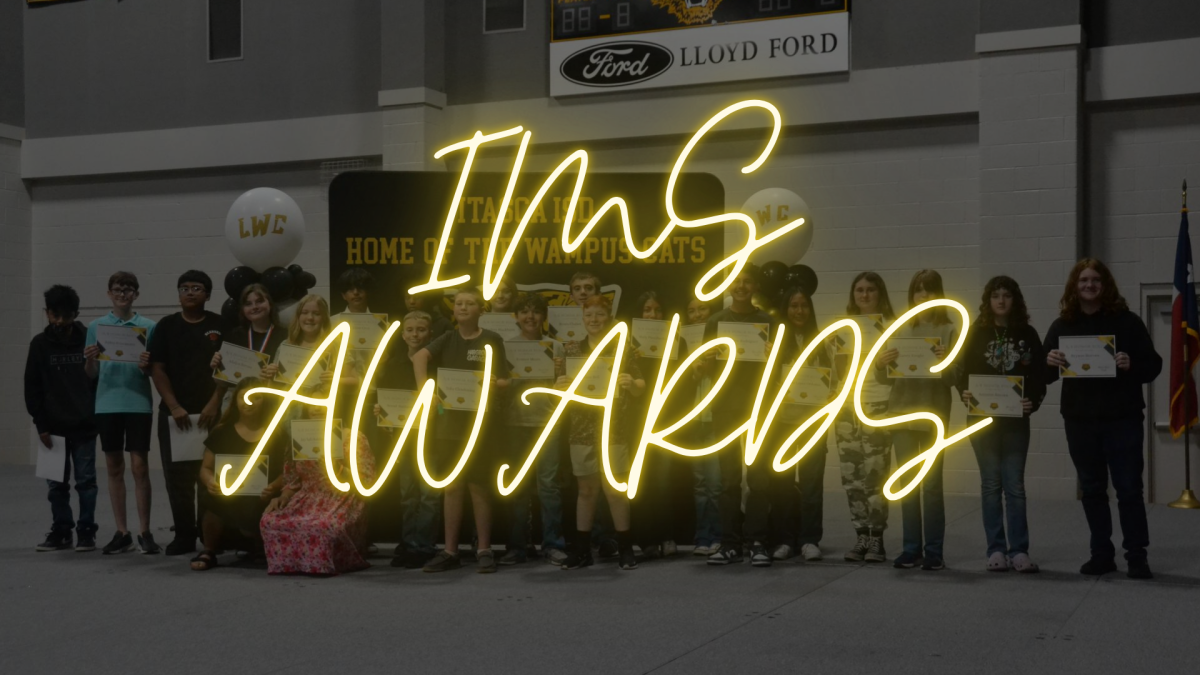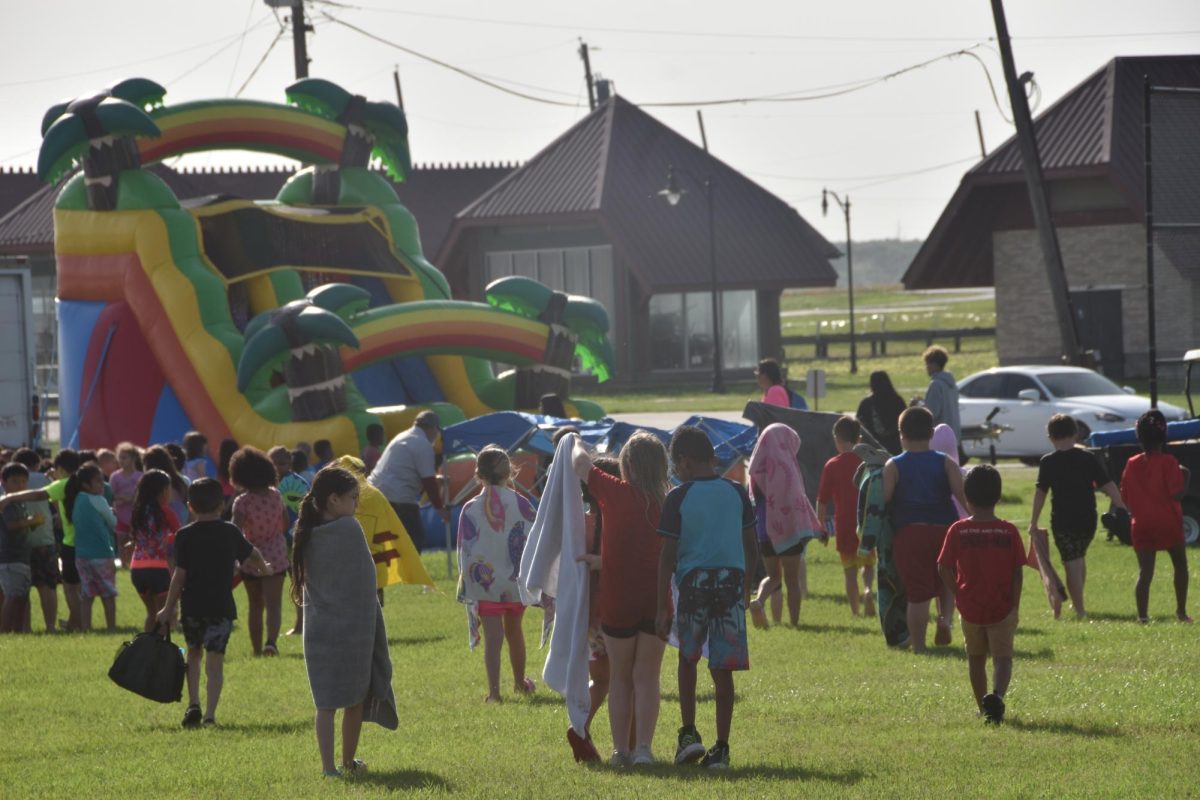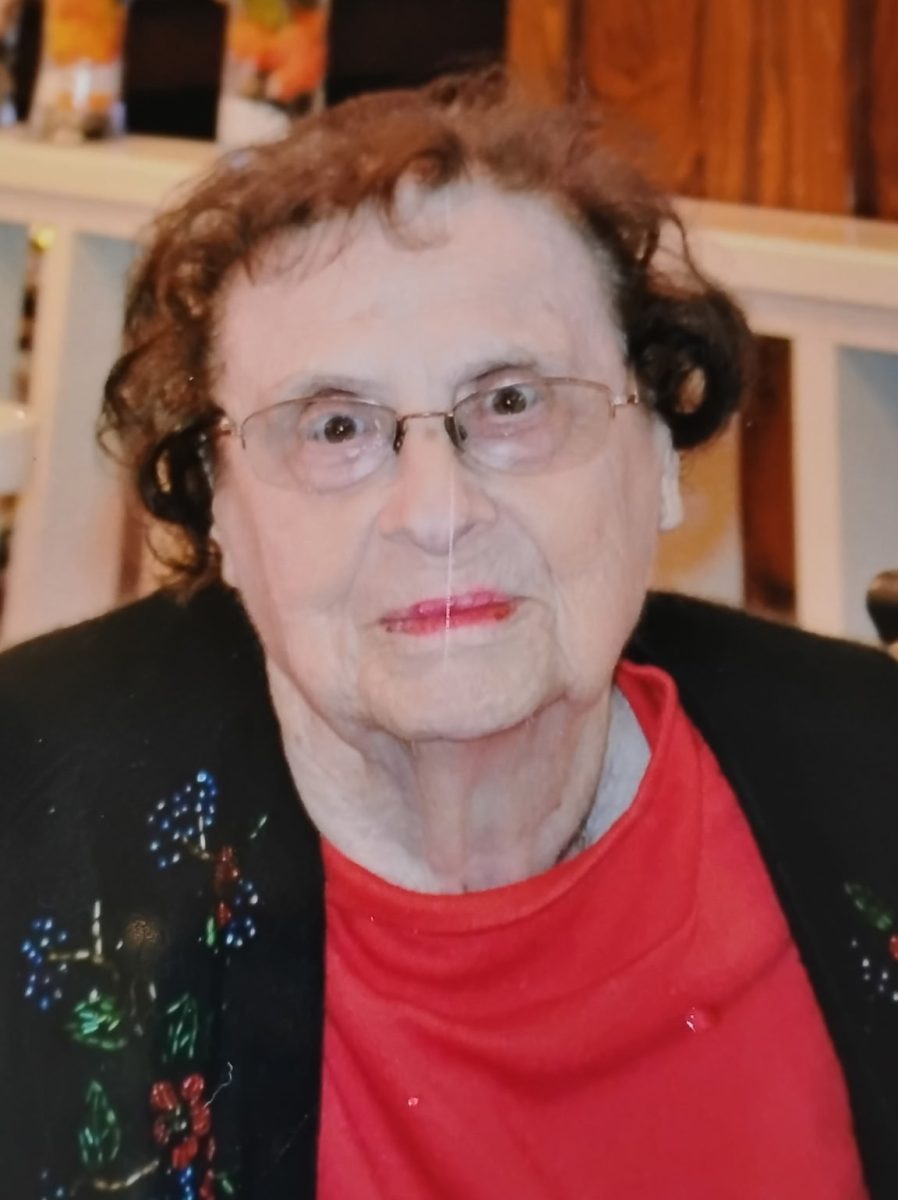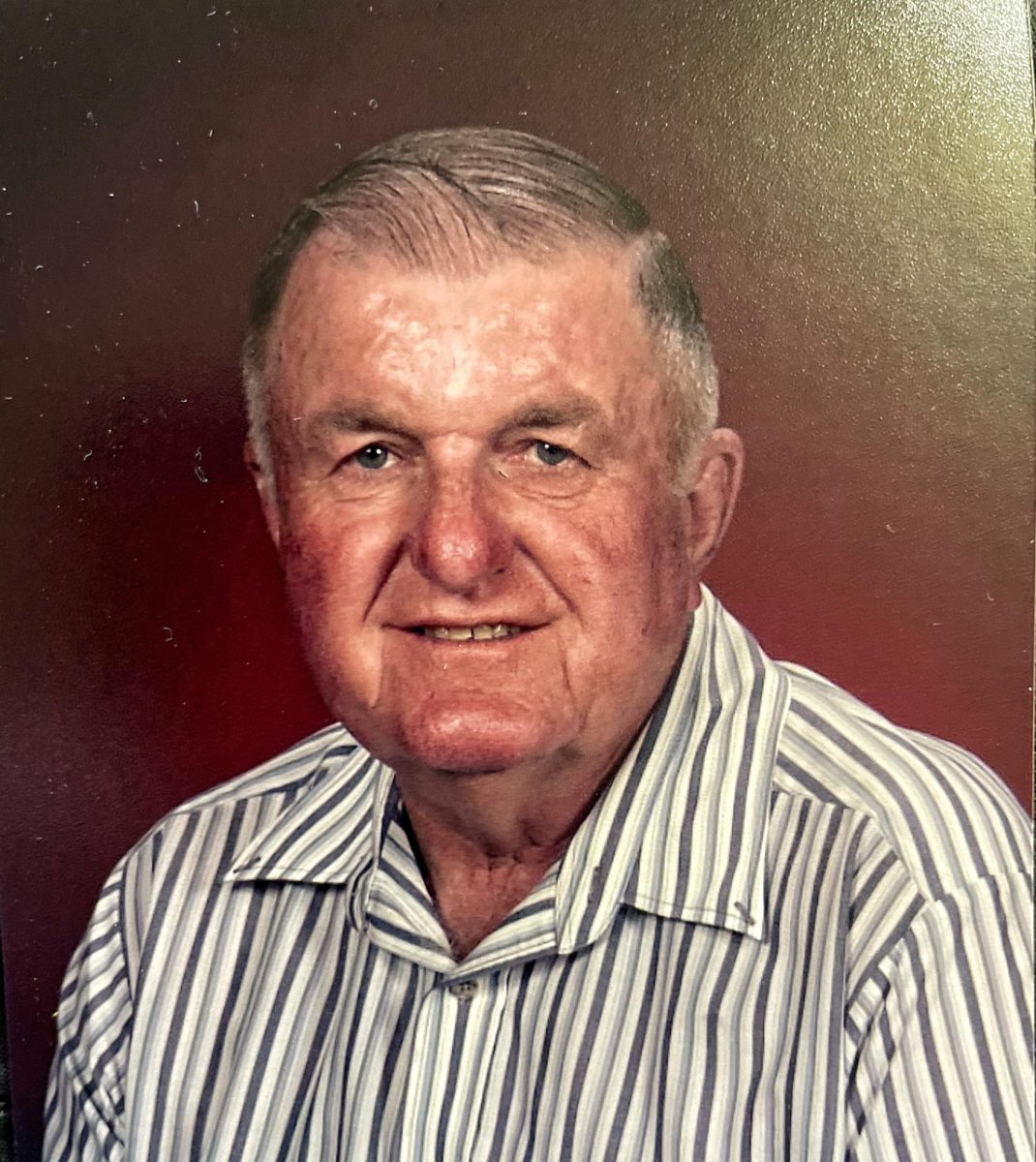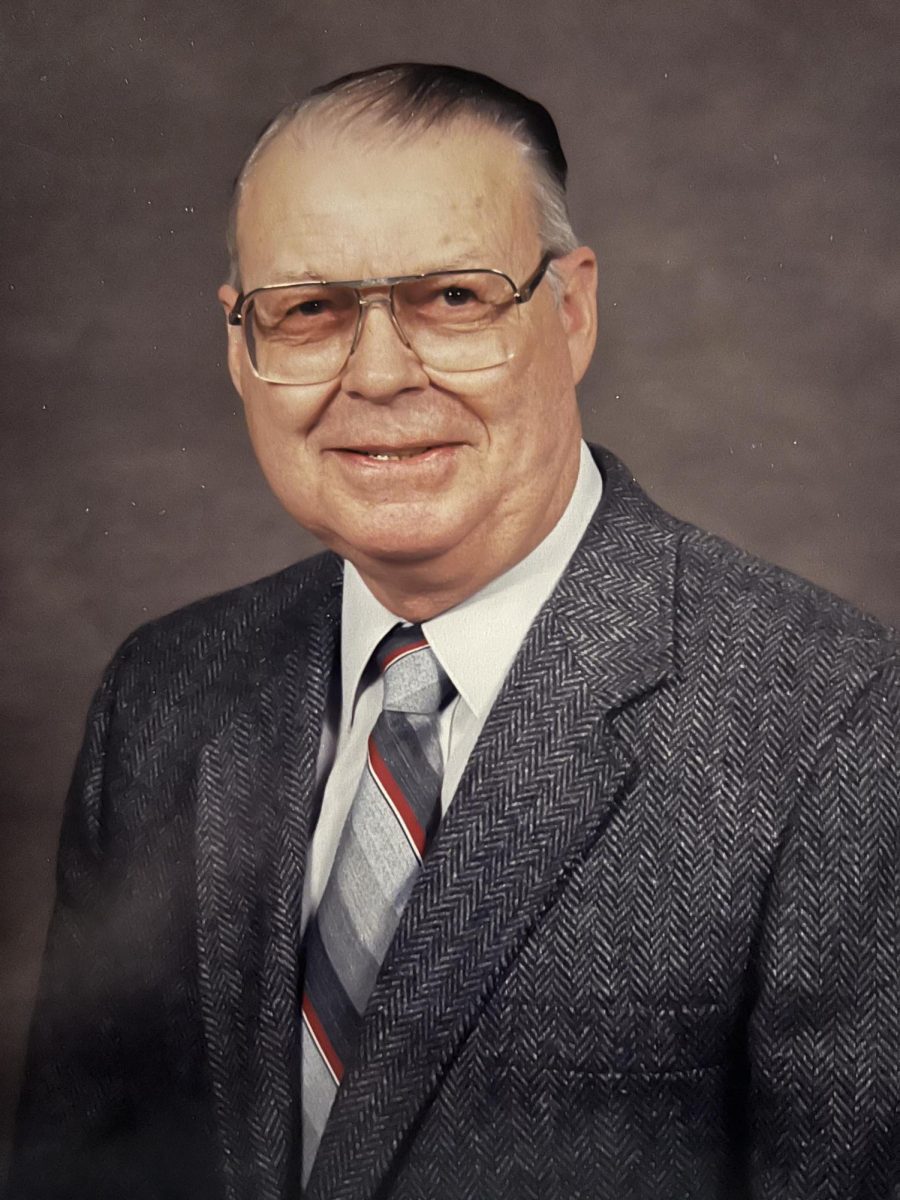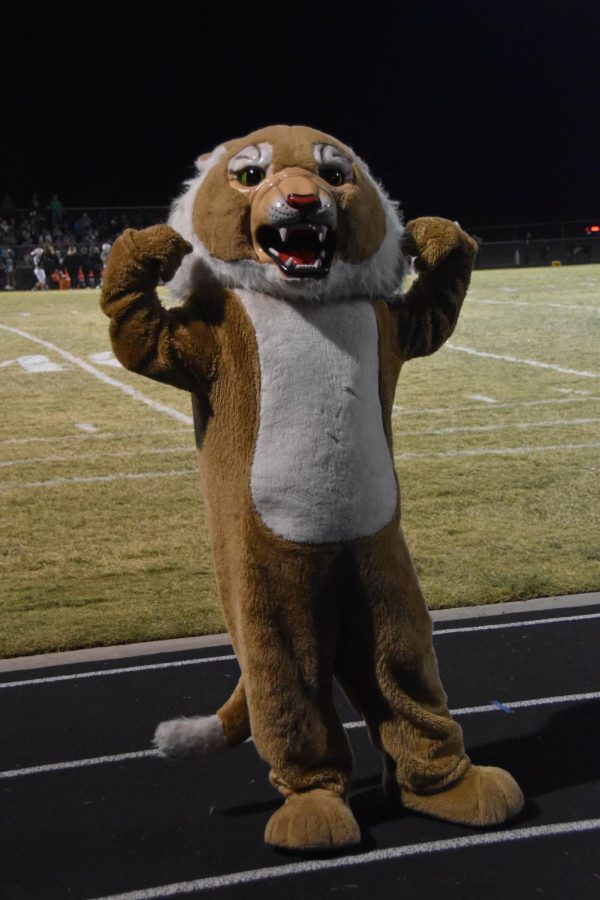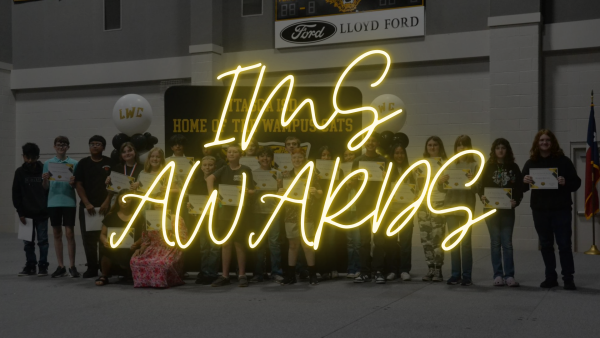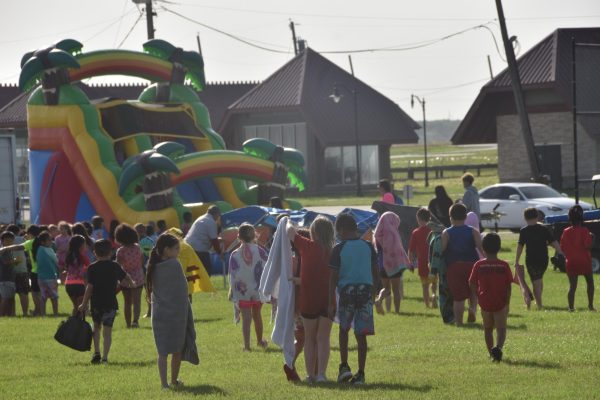What is a “Wampus Cat”?
Anyone and everyone who is familiar with Itasca, Texas will know that the school’s mascot is the wampus cat. What many people do not know however is what exactly a wampus cat is. So, what is it?
In American folklore, a wampus cat is described as being cat-like, and varies in the way it looks. They are said to have green eyes and even mythical powers. It’s also been called an “amphibious panther”, meaning it can live both on land and in water. In ancient Cherokee mythology, a woman hid under a cat pelt to watch a sacred ceremony, and was then cursed by the elders to forever be trapped as a wampus cat.
During the 1920’s and 1930’s in North Carolina, the deaths of many animals were put on the wampus cat by newspapers. The real reasons for the killings however are usually pointed at coyotes.
Many schools in the United States use the wampus cat as their mascot. Among these are Clark Fork Junior/Senior High School in Clark Fork, Idaho, Conway Junior High/High School in Conway, Arkansas, Atoka High School in Atoka, Oklahoma, Leesville High School in Leesville, Louisiana, and of course our very own Itasca High School in Itasca, Texas.
How did the wampus cat become our mascot? Well, there are a few different stories around its origin. One story claims that a student helped come up with the name in the 1920’s. Another claims the mascot was the result of a post-game celebration.
So what does the wampus cat mean for these schools? Is it a symbol of strength and power in the many sports sponsored by the school? Is it meant to intimidate opposing schools? Or maybe it’s just a cool image to slap on merchandise. Whatever its meaning is, the wampus cat has become instantly recognizable, even to those who may not know of the town. In its own right, the face of the wampus cat has become iconic, as it dawns t-shirts, hats, and more. It’s even gone as far as to make the top 20 list of most unusual Texas mascots. Wampus cats may not be real animals, but what it represents is very real to the residents of “the little big town.”
Your donation will support the student journalists of Itasca High School. Your contribution will allow us to purchase equipment, cover our annual website hosting costs, and provide scholarships to our senior staff members!

